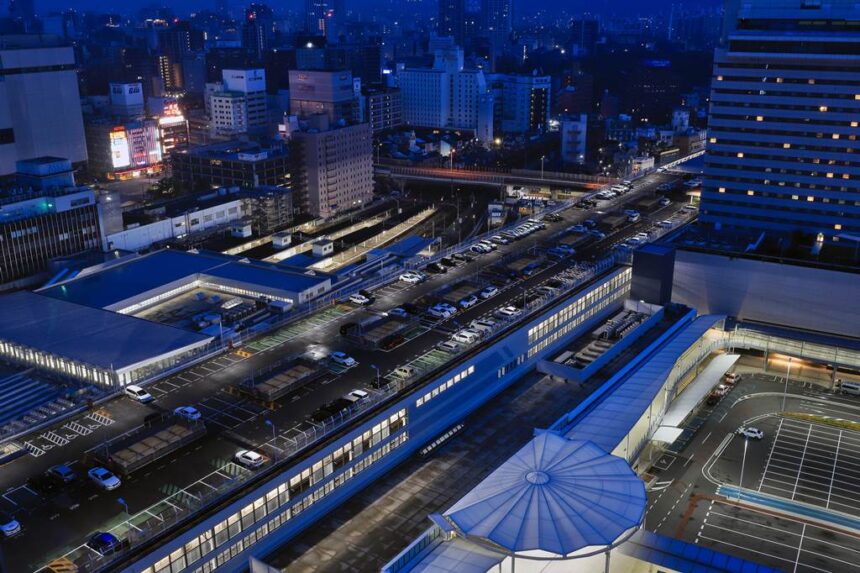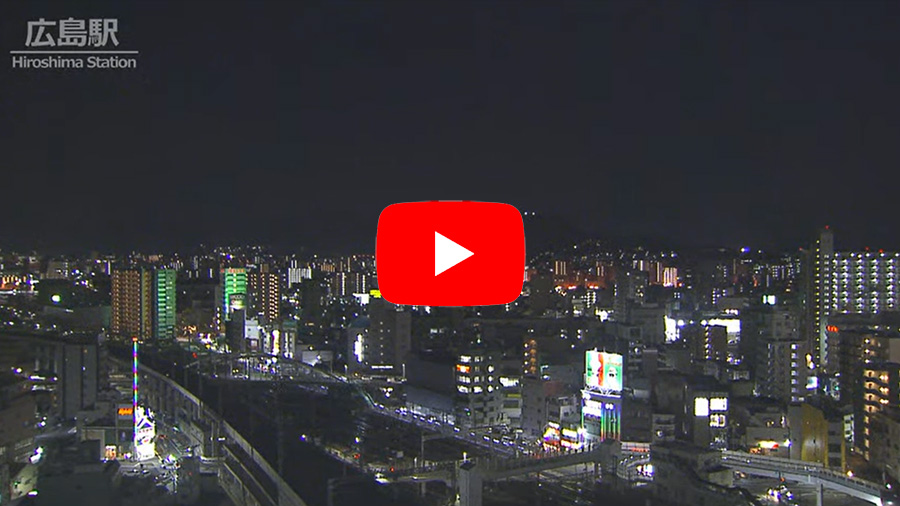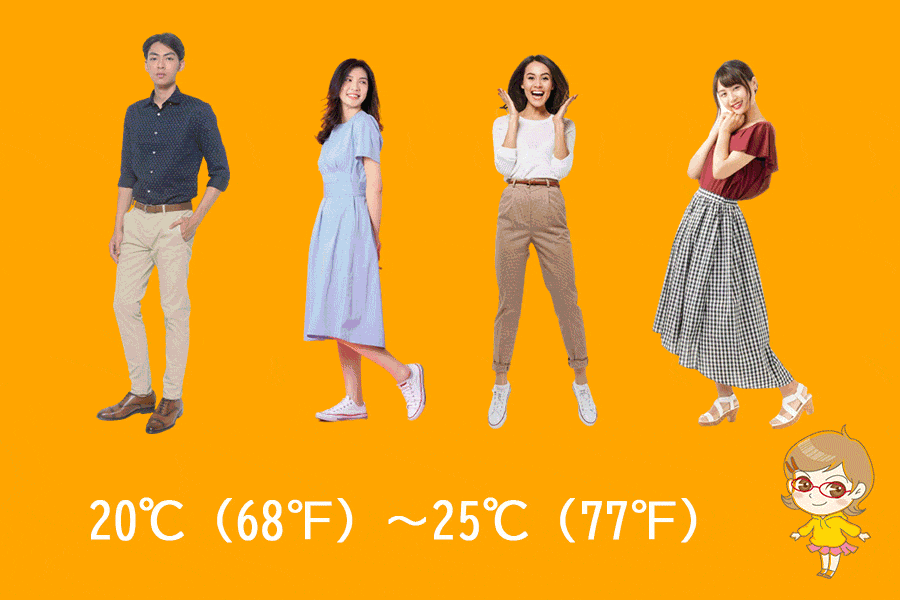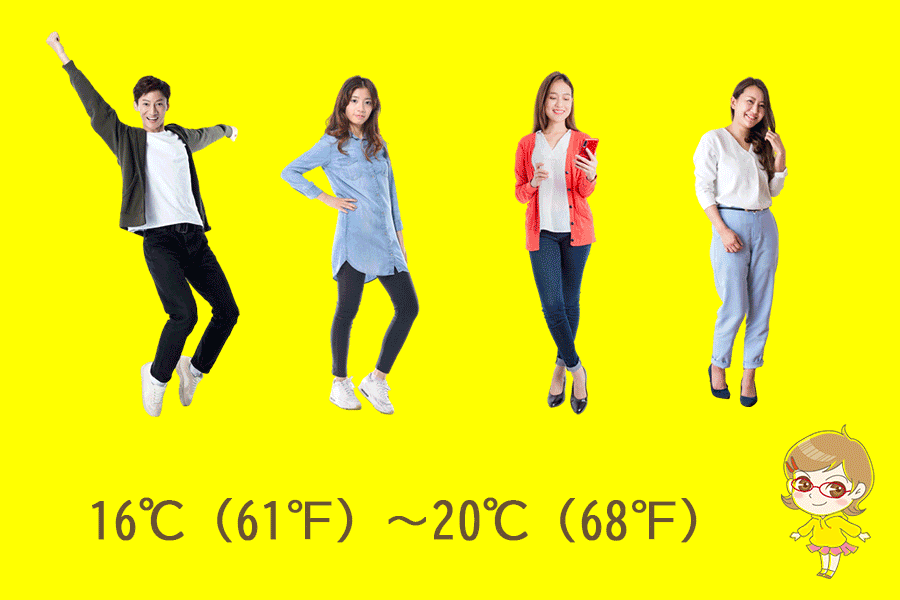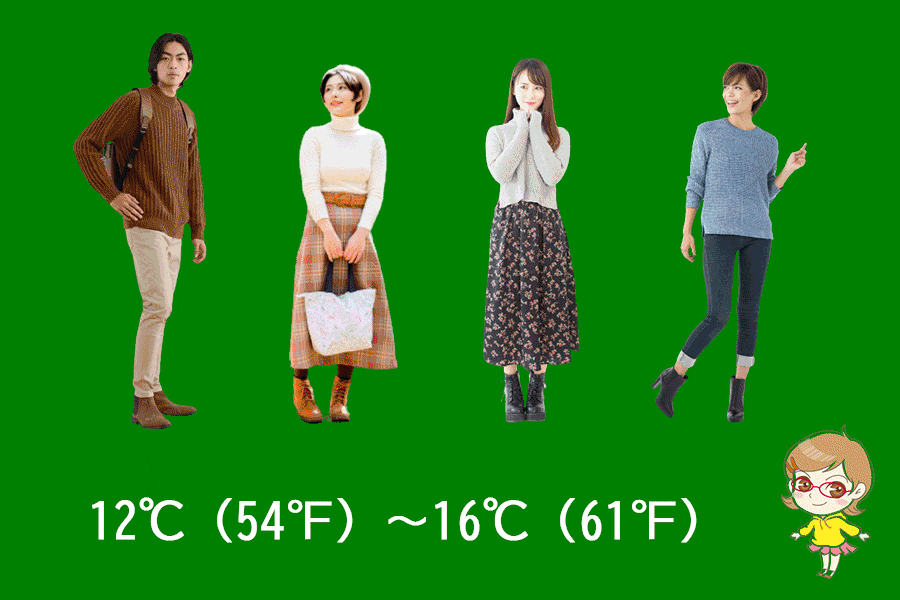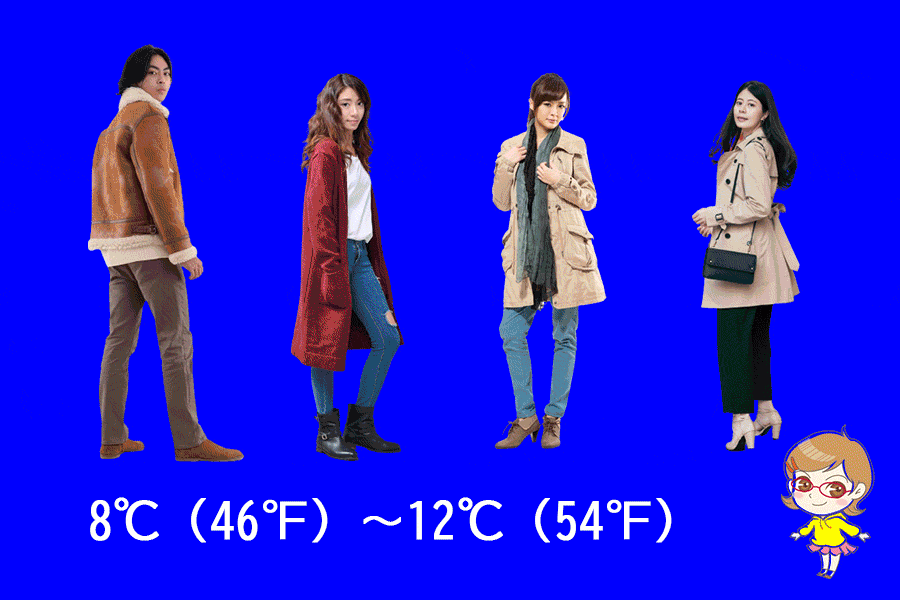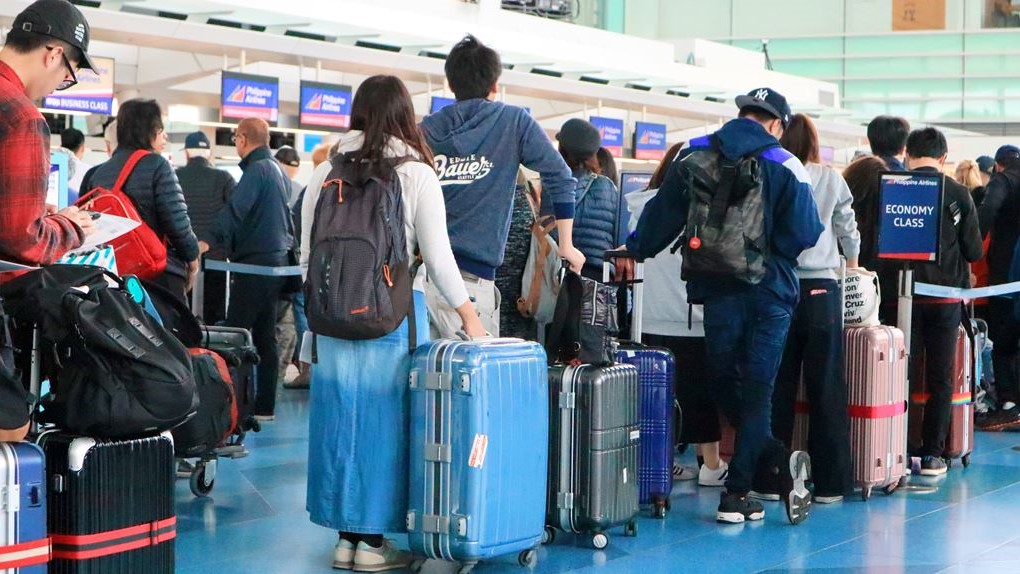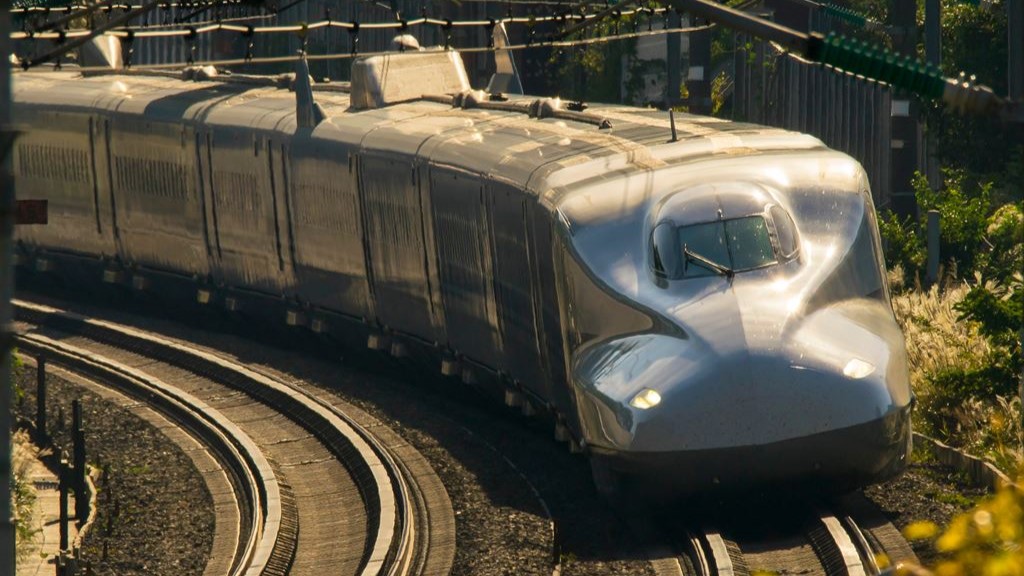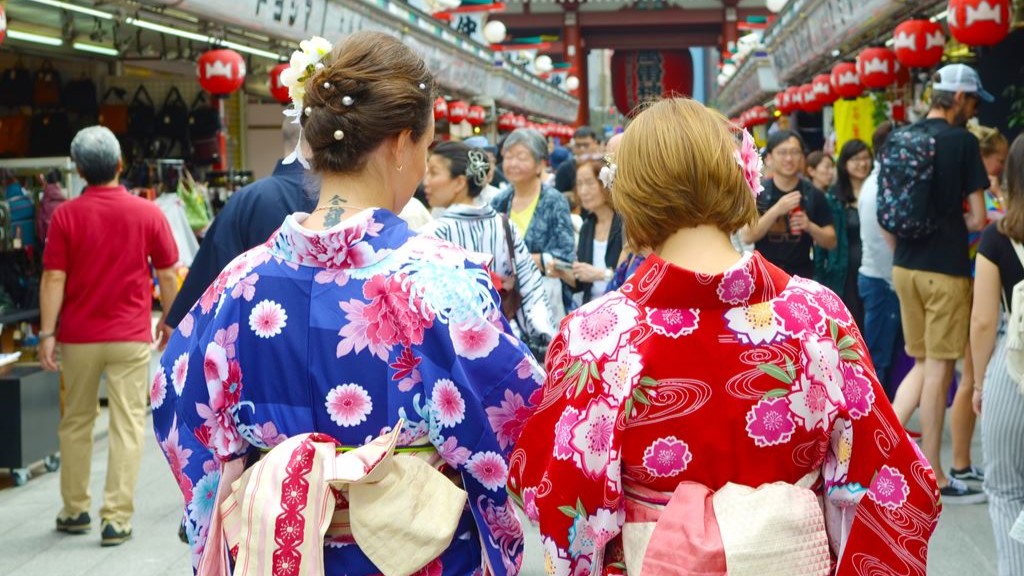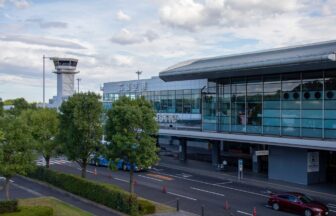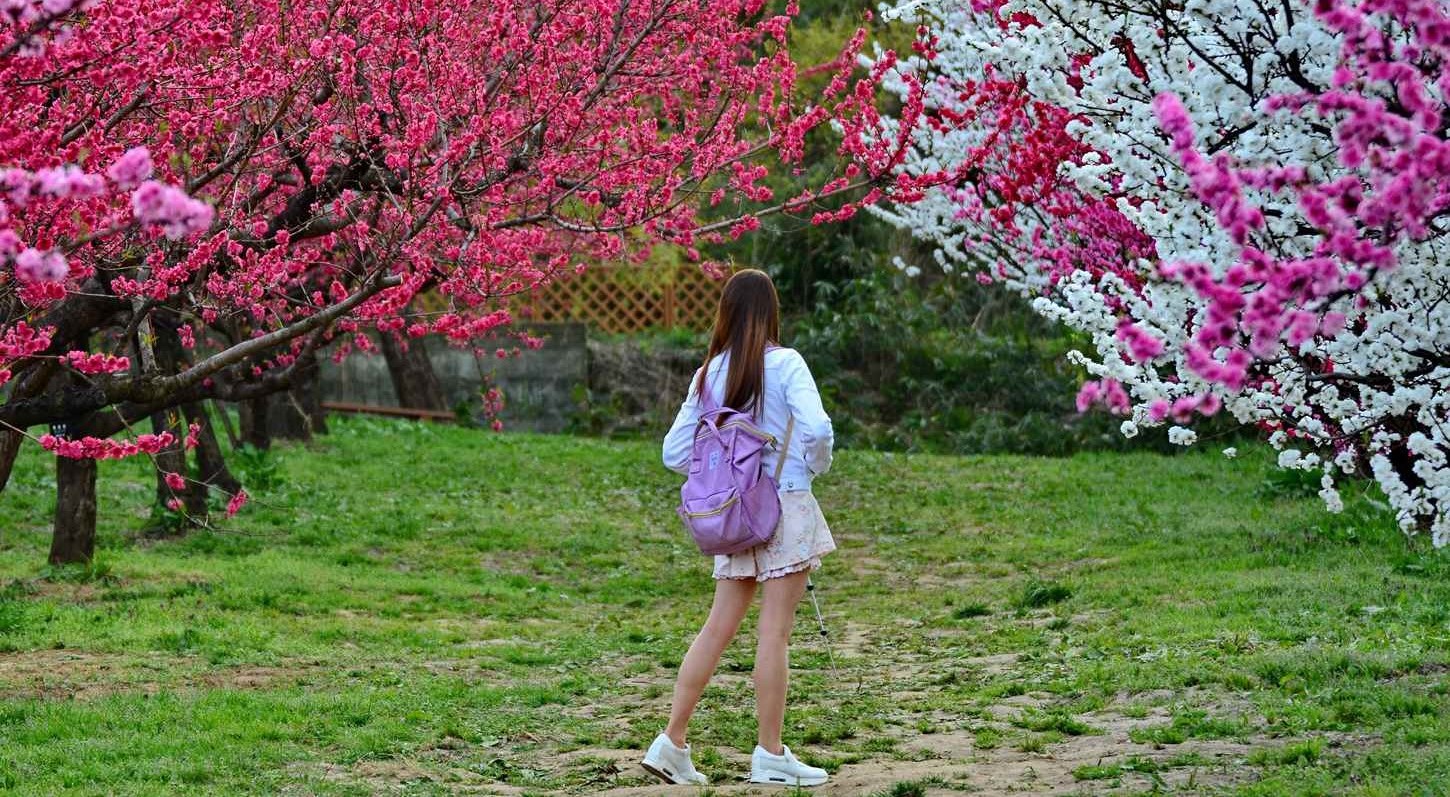2-37 Matsubara-cho, Minami-ku, Hiroshima-shi, Hiroshima MAP
↓ Click to jump to the relevant section.
| Current Weather | Annual Weather | Tourist Attractions |
| Baggage Deposit | Hotels |
Current weather and clothing
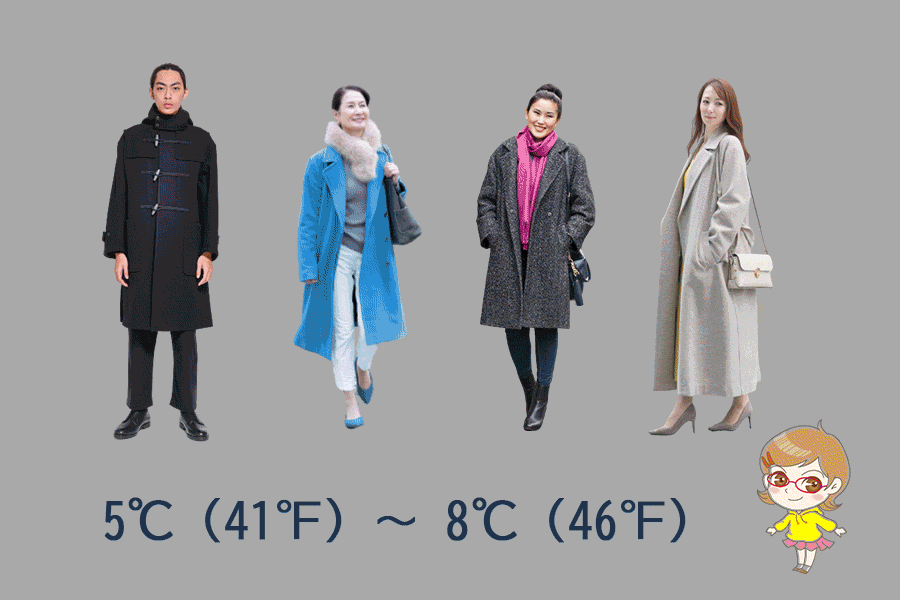
The weather information shown here is the information closest to the station in question. Please note that there may be slight differences.
Yearly temperature changes and recommended clothing
Clothing recommendations for each temperature range
When traveling in Japan with the following average temperatures, the recommended clothing is as follows:
Monthly changes in temperature, precipitation, and snowfall (1991~2020 average, Japan Meteorological Agency survey)
| Jan. | Feb. | Mar. | Apr. | May | Jun. | Jul. | Aug. | Sep. | Oct. | Nov. | Dec. | |
| temperature(°C) | 5.4 | 6.2 | 9.5 | 14.8 | 19.6 | 23.2 | 27.2 | 28.5 | 24.7 | 18.8 | 12.9 | 7.5 |
| precipitation(mm) | 46.2 | 64 | 118.3 | 141 | 169.8 | 226.5 | 279.8 | 131.4 | 162.7 | 109.2 | 69.3 | 54 |
| snowfall(cm) | 3 | 3 | 0 | — | — | — | — | — | — | — | — | 2 |
Winter
December
In December, the temperature drops to an average of 7.5 °C, and it can be quite cold. It can also snow during this month. It is advisable to wear warm clothing such as a thick sweater, jacket, and pants. Men can wear a heavy jacket over their shirt and pants, while women can wear a thick coat over their pants and blouse. It is recommended to bring warm accessories such as a scarf, gloves, and a hat.
January
The temperature in January averages 5.4°C, and it is generally chilly in Hiroshima during this time. It is a dry month with an average precipitation of 46.2mm. January is one of the coldest months in Hiroshima, so it is recommended to dress in warm layers of clothing. Men should consider wearing long-sleeved shirts, sweaters, and jackets, while women can wear long-sleeved shirts or blouses, sweaters, and coats. Additionally, it is recommended to wear a scarf, gloves, and a hat to protect yourself from the cold weather.
February
In February, the average temperature is 6.2°C. February is also a dry month, but it is slightly warmer than January. The average precipitation is 64mm, so it can get a bit wet during this month. It is recommended to dress in layers, with warmer clothing such as jackets, long-sleeved shirts, and sweaters. Men can wear long-sleeved shirts or sweaters with a jacket, while women can wear a blouse or sweater with a coat or jacket.
Spring
March
March is a bit warmer than February with an average temperature of 9.5°C. It is also the beginning of spring in Hiroshima, and it is a bit wetter with an average precipitation of 118.3mm. It is recommended to dress in layers with a waterproof jacket and an umbrella. Men can wear long-sleeved shirts with a light jacket, while women can wear blouses, light sweaters or jackets.
April
April is warmer, with an average temperature of 14.8°C. April is also the beginning of the cherry blossom season in Hiroshima, so it is a popular time for tourists to visit. It is recommended to wear light clothing such as long-sleeved shirts, light sweaters, and jeans. Men can wear short-sleeved shirts or polo shirts, while women can wear dresses, skirts, or blouses.
May
May is the beginning of the warmer months, with an average temperature of 19.6°C. It is also the beginning of the rainy season in Hiroshima, with an average precipitation of 169.8 mm. It is recommended to dress in layers and bring a waterproof jacket or umbrella. Men can wear short-sleeved shirts or light jackets, while women can wear light dresses, blouses, or skirts.
Summer
June
June is a rainy month with an average precipitation of 226.5 mm, and the temperature averages 23.2°C. It is recommended to wear waterproof clothing such as raincoats and bring an umbrella to protect yourself from the rain. Men can wear short-sleeved shirts or light jackets, while women can wear light dresses or skirts.
July
July is one of the hottest months in Hiroshima, with an average temperature of 27.2°C and an average precipitation of 279.8 mm. It is recommended to dress in light clothing such as t-shirts, shorts, and dresses to stay cool during the hot weather. It is also recommended to wear sunscreen and a hat to protect yourself from the sun.
August
In August, the temperature is high, with an average temperature of 28.5 °C. It can be quite humid, and there is a chance of rain. It is recommended to wear light and breathable clothing made of natural fibers such as cotton or linen. Men can wear shorts and a t-shirt, while women can wear summer dresses or skirts. It is advisable to bring a light jacket or sweater for any unexpected rain.
Autumn
September
In September, the average temperature is around 24.7°C, and it starts to get cooler. Although the weather is still warm, the humidity decreases, and there is less chance of rain. It is advisable to wear light clothing during the day, such as shorts and a t-shirt for men and a summer dress or skirt for women. As the evenings can be cooler, it is a good idea to bring a light jacket or sweater.
October
In October, the temperature starts to cool down, with an average temperature of 18.8 °C. The air is crisp, and it is usually sunny during the day. However, the nights can get colder, so it is recommended to bring a light jacket or sweater. Men can wear jeans or pants and a long-sleeved shirt, while women can wear light pants and a blouse or a light sweater.
November
In November, the weather is cool with an average temperature of 12.9 °C. It can be dry, but there is a chance of rain, so it is advisable to bring a waterproof jacket or umbrella. Men can wear a jacket or a sweater over their shirt and pants, while women can wear a light jacket or coat over their pants and blouse.
Recommended tourist destinations
Hiroshima Peace Memorial Museum
1-2 Nakajima-cho, Naka-ku, Hiroshima 730-0811 Hiroshima Prefecture
The Hiroshima Peace Memorial Museum was established to show the world the horror and inhumanity of nuclear weapons. visitors can learn about what happened in Hiroshima on August 6, the day of the atomic bombing, by viewing photographs and a number of artifacts left behind by victims of the bombing.
Atomic Bomb Dome
1-10 Otemachi Naka-ku, Hiroshima 730-0051 Hiroshima Prefecture
On August 6, 1945, the first atomic bomb in human history was dropped on the city. The building was completely destroyed by the tremendous force of the blast, but miraculously part of the center of the main building survived and became known as the “Atomic Bomb Dome. The building is registered as a World Heritage site as a reminder of the horrors of nuclear weapons.
Hiroshima Castle
21-1 Motomachi, Naka-ku, Hiroshima 730-0011 Hiroshima Prefecture
Hiroshima Castle, built by Terumoto Mori in 1589, was destroyed by the atomic bomb in 1945 and restored in 1958 as a symbol of reconstruction. The interior of the castle is a history museum that shows the structure of Hiroshima Castle and the castle town.
Shukkei-en Garden
This Japanese garden was built by Nagaakira Asano, a feudal lord of the Hiroshima domain. Visitors can enjoy plum blossoms, cherry blossoms, peach blossoms, and autumn leaves throughout the year.
Okonomimura
5-13 Shintenchi, Naka-ku, Hiroshima 730-0034 Hiroshima Prefecture
Okonomiyaki, Hiroshima’s soul food, is made by rolling out a thin layer of flour dough, piling it with cabbage, pork, yakisoba, and other ingredients, and then steaming it over a thin layer of cooked eggs and other ingredients. The Okonomimura is a single building that houses more than 20 yatai-style okonomiyaki restaurants. In addition to okonomiyaki, you can also enjoy teppan-yaki oysters and other delicacies.
Hiroshima Orizuru Tower
1-2-1 Otemachi, Naka-Ku, Hiroshima 730-0051 Hiroshima Prefecture
A commercial complex next to the Atomic Bomb Dome. The rooftop observation deck on the wooden deck is an open-air space with a view as far as Miyajima. At night, the rooftop bar opens and visitors can enjoy the night view of Hiroshima while having a drink. Visitors can also experience putting their own origami cranes into the wall at the Origzuru Plaza.
Miyajima
Miyajima-cho, Hatsukaichi 738-8501 Hiroshima Prefecture
Since ancient times, the entire island has been worshipped as a deity, and Miyajima is home to a number of majestic shrines and temples, including Itsukushima Shrine, whose symbol is the Otorii (Grand Gate).Visitors can take a ferry to Miyajima, and when they land on the island, they are greeted by friendly deer. As a major tourist destination, Miyajima is crowded with tourists throughout the year, with souvenir stores, restaurants, and hotels.There is also a ropeway to the top of Mt. Yayama, located in the center of Miyajima, and from the observatory you can enjoy a panoramic view of the Seto Inland Sea.
Itsukushima Shrine
1-1 Miyajimacho, Hatsukaichi 739-0588 Hiroshima Prefecture
Itsukushima Shrine, famous for its mysterious appearance built on the sea, was founded in 593, and the shrine pavilion, which is said to be similar to its present form, was completed by Taira no Kiyomori around 1168. It is said that the shrine was built on the sea so as not to damage the land and trees on the island, since the entire island of Miyajima was worshipped as a god.
Tomo no Ura
Tomo,Tomo-cho,Fukuyama 720-0201 Hiroshima Prefecture
This port town is lined with mansions of wealthy merchants, machiya (townhouses), and Edo-era storehouses. Visitors can enjoy strolling along the narrow slopes characteristic of the Seto Inland Sea while feeling the sea breeze. It is also known as the model for the town that appears in Hayao Miyazaki’s animated film “Ponyo on the Cliff.
Senkoji & Senkoji Park
15-1 Higashitsuchidocho, Onomichi 722-0033 Hiroshima Prefecture
Senko-ji Temple stands on a hill overlooking the town and port of Onomichi and is said to have been founded in 806. Senkoji Temple is located at an altitude of 140 meters and can be easily reached by a ropeway. The temple is also known as a cherry blossom viewing spot, and in spring, it is crowded with tourists who come to take pictures of Senkoji Temple, cherry blossoms, and the Seto Inland Sea.
Where to leave your luggage
Hiroshima Station is adjacent to several commercial facilities, and coin lockers are scattered throughout the station.
The largest number of coin lockers are located on the first floor of the North Exit on the Shinkansen side, next to the stairs and escalators leading up to the second floor. Crosta Hiroshima” luggage storage is located in this coin locker room. It is open from 8:00 a.m. to 8:00 p.m., seven days a week. Carry-on service is also available to about 30 hotels in Hiroshima City.
Recommended hotels and inns
Sheraton Grand Hiroshima Hotel
12-1 Wakakusacho, Higashi-Ku, Hiroshima 732-0053 Hiroshima Prefecture
3-minutes walk from Hiroshima Station
Hotel class: 4
Hotel style: Business , Great View
Check Rates & Availability:
>> See on Tripadvisor
>> See on Trip.com
>> See on Expedia
Hotel Granvia Hiroshima
1-5 Matsubaracho, Minami-Ku, Hiroshima 732-0822 Hiroshima Prefecture
2-minutes walk from Hiroshima Station
Hotel class: 4
Hotel style: Quiet , Family
Check Rates & Availability:
>> See on Tripadvisor
>> See on Trip.com
>> See on Expedia
RIHGA Royal Hotel Hiroshima
6-78 Motomachi, Naka-Ku, Hiroshima 730-0011 Hiroshima Prefecture
1.0mi/1.6km from Hiroshima Station
Hotel class: 4
Hotel style: Great View , Centrally Located
Check Rates & Availability:
>> See on Tripadvisor
>> See on Trip.com
>> See on Expedia
Sotetsu Fresa Inn Hiroshima Ekimae
5-2 Enkobashicho, Minami-ku, Hiroshima 732-0823 Hiroshima Prefecture
5-minutes walk from Hiroshima Station
Hotel class: 3
Hotel style: Business
Check Rates & Availability:
>> See on Tripadvisor
>> See on Trip.com
>> See on Expedia
The Royal Park Hotel Hiroshima Riverside
7-14 Kaminoboricho, Naka-Ku, Hiroshima 730-0014 Hiroshima Prefecture
6-minutes walk from Hiroshima Station
Hotel class: 3
Hotel style: Mid-range , Business
Check Rates & Availability:
>> See on Tripadvisor
>> See on Trip.com
>> See on Expedia
Hotel Intergate Hiroshima
5-16 Teppocho, Naka-Ku, Hiroshima 730-0017 Hiroshima Prefecture
13-minutes walk from Hiroshima Station
Hotel class: 3
Hotel style: Business
Check Rates & Availability:
>> See on Tripadvisor
>> See on Trip.com
>> See on Expedia
Candeo Hotels Hiroshima Hatchobori
14-1 Hatchobori, Hiroshima 730-0013 Hiroshima Prefecture
15-minutes walk from Hiroshima Station
Hotel class: 3
Hotel style: Modern , Mid-range
Check Rates & Availability:
>> See on Tripadvisor
>> See on Trip.com
>> See on Expedia
Hiroshima Washington Hotel
2-7 Shintenchi Naka-ku, Hiroshima 730-0034 Hiroshima Prefecture
17-minutes walk from Hiroshima Station
Hotel class: 3
Hotel style: Trendy , Centrally Located
Check Rates & Availability:
>> See on Tripadvisor
>> See on Trip.com
>> See on Expedia
Mitsui Garden Hotel Hiroshima
9-12 Nakamachi, Naka-Ku, Hiroshima 730-0037 Hiroshima Prefecture
1.1mi/1.8km from Hiroshima Station
Hotel class: 3
Hotel style: Great View , Modern
Check Rates & Availability:
>> See on Tripadvisor
>> See on Trip.com
>> See on Expedia
We support your itinerary planning!
Click the button to get an overview of hotel information and popular tourist routes from all over Japan featured on our site. We’ve included comprehensive details to aid in planning your trip, so please make use of it.
Comprehensive checklist before traveling to Japan
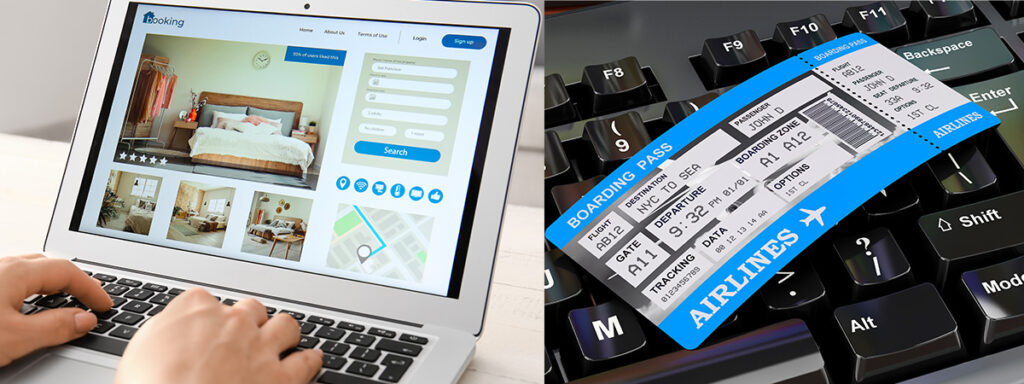
Book flights
Compare and purchase flight tickets
When planning your trip to Japan, it's advisable to start by researching flights several months in advance. Airlines often release promotional fares, especially during off-peak seasons. Use comparison sites like Skyscanner or KAYAK to get a sense of the price range. Be flexible with your travel dates if possible; flying mid-week might be cheaper than on weekends.
>> Visit Skyscanner's official website
>> Visit KAYAK's official website
Order Japan Rail Passes for each family member
Purchase your Japan Rail Pass before departure
The Japan Rail (JR) Pass offers unlimited travel on JR trains, making it a cost-effective option for tourists. However, it's only available to foreign tourists and must be purchased *before* you arrive in Japan. Determine the areas you plan to visit; if you're traveling extensively, a nationwide pass is beneficial, but if you're only exploring a specific region, consider regional JR passes. Children under 12 get a discounted pass, so ensure you order the correct type for each family member.
>>Visit Japan Rail Pass's website
Plan your attire for Japan
Check the weather at your destination on this site
Japanese weather varies significantly by season. In summer, it's hot and humid, so breathable clothes are essential. Winters, especially in the north, can be cold, requiring warm attire. If visiting during the rainy season (June to early July), pack a good umbrella and waterproof shoes. While Japan is generally casual, certain places like temples, shrines, or upscale restaurants may require modest and neat dressing.
Reserve a pocket Wi-Fi or SIM card
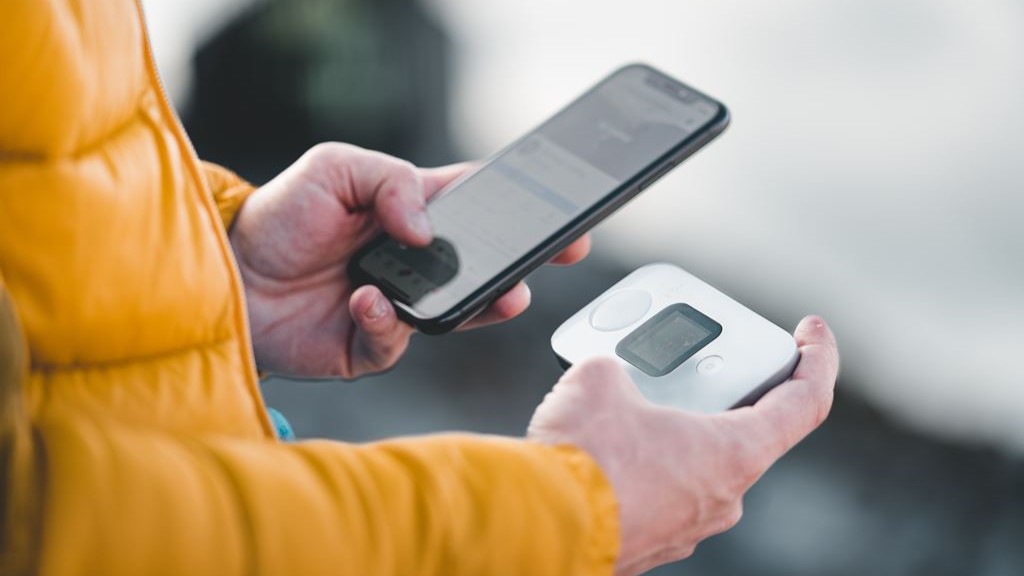
SIM card or pocket Wi-Fi is required
Beyond clothes, consider packing essentials like a universal power adapter (Japan uses Type A and B sockets), portable Wi-Fi or SIM card for internet access, and any necessary medications (with a copy of the prescription).
Which is better: a SIM card or pocket Wi-Fi?
When traveling in Japan, one essential to consider is securing internet access, especially given that many locations still don't offer free Wi-Fi. To ensure you can use your smartphone throughout your trip, you'll typically have three options: (1) a SIM card, (2) pocket Wi-Fi, or (3) the roaming service provided by your mobile company. Roaming services can be quite expensive, so we often recommend using a SIM card or pocket Wi-Fi. While SIM cards tend to be more affordable than pocket Wi-Fi, they can be trickier to set up. Pocket Wi-Fi, on the other hand, can be shared among several users, making it a favorable choice for families or groups.
▼SIM card
Advantages:
Relatively affordable.
Disadvantages:
Can be time-consuming to set up initially.
May have strict data limits.
▼Pocket Wi-Fi
Advantages:
Offers substantial data allowances.
A single device can be shared among multiple users.
Easily usable with PCs as well.
Disadvantages:
Typically more expensive.
Japan's representative services
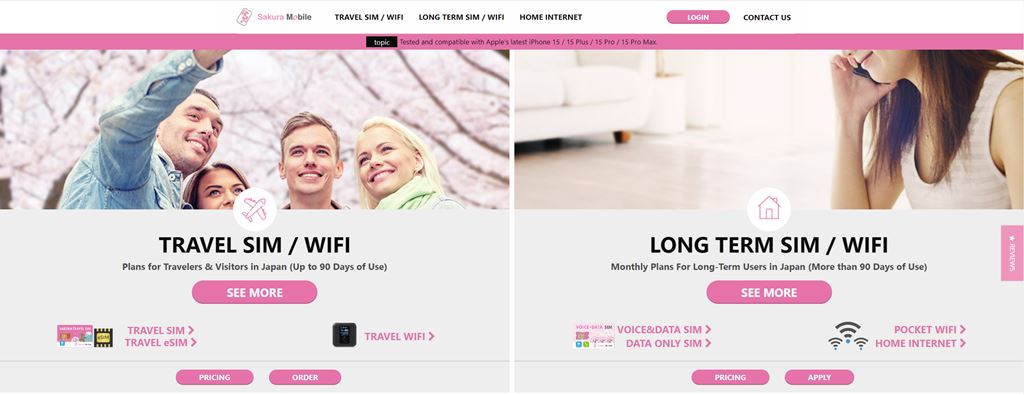
Sakura Mobile's website
▼SIM card
>>Visit Sakura Mobile's official website
>>Visit mobal's official website
▼pocket Wi-Fi
>>Visit Sakura Mobile's official website
>>Visit NINJA WiFi's official website
>>Visit Wi-Fi RENTAL Store's official website
Book local tours as needed
Pre-book your tour and have a great trip!
Local tours offer deep insights into Japan's culture and heritage. Websites like Viator or GetYourGuide offer a variety of tours, from traditional tea ceremonies to modern pop culture tours in Akihabara. Consider unique experiences like staying with monks on Mt. Koya or taking a cooking class to learn authentic Japanese dishes.
>>Visit Viator's official website
>>Visit GetYourGuide's official website
Purchase advance tickets for popular attractions
Make a reservation to avoid crowds
Attractions like Tokyo Disneyland, Universal Studios Japan, or the Studio Ghibli Museum often have long ticket queues. Buy tickets online in advance to save time. Some attractions also have timed entry, so check the specific time slots available and plan accordingly.
▼Tokyo Disney Resort
>>Visit Tokyo Disney Resort official website
>>Visit Viator's Tokyo Disneyland page
>>Visit Viator's Tokyo DisneySea page
>>Visit GetYourGuide's Tokyo Disneyland page
>>Visit GetYourGuide's Tokyo DisneySea page
▼Universal Studios Japan
>>Visit USJ official website
>>Visit Viator's USJ page
>>Visit GetYourGuide's USJ page
Buy travel insurance

insurance concept, health, life and travel insurance
It is important to be prepared for emergencies
While Japan is a safe country, travel insurance is crucial for unforeseen events like health emergencies, travel disruptions, or lost baggage. Ensure your policy covers medical expenses in Japan, as healthcare, though excellent, can be expensive.
Here we introduce online travel insurance services that are popular worldwide.
World Nomads: An online travel insurance service widely endorsed by travelers worldwide. They offer plans that cover adventurous activities and high-risk sports.
>>Visit World Nomads' official website
AIG Travel Guard: An insurance service available to travelers all over the world. They offer a wide range of options, including cancellation protection and emergency medical insurance.
>>Visit AIG Travel Guard's official website
Share your itinerary with emergency contacts
Organize your reservation information
Keep a digital and printed copy of your detailed itinerary, including hotel addresses, train schedules, and booked tours. Share this with a trusted family member or friend not traveling with you.

